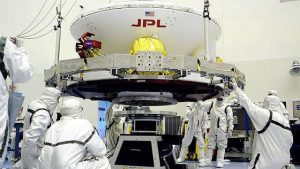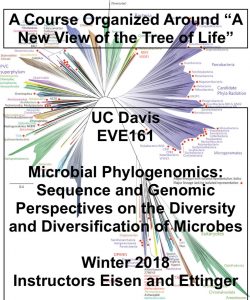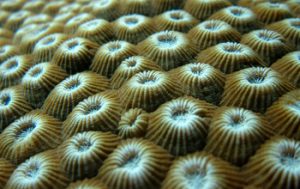This is really fascinating: Source: Team discover how microbes survive clean rooms and contaminate spacecraft Hat tip to Elisabeth Bik for posting about this on Twitter So cool: microbes actually feed on the cleaning products. Also cool: undergraduates as authors. Team discover how microbes survive clean rooms and contaminate spacecraft https://t.co/ox4kMawHko — Elisabeth Bik (@MicrobiomDigest) June …
We started class by talking about how to interpret our PCR results by looking at gel images. The goal for the day was to prepare the samples that worked (ie had positive bands on gel) for submission for Sanger Sequencing. We had a brief discussion about why we need to clean up PCR products, how …
There can be points when running a CURE where there are tradeoffs between student learning and the best utilization of class time. In this case, we set-up and ran the PCR for the students ‘behind the scenes’ rather than using class time for them to do it themselves. These ‘black boxes’ can be detrimental to …
The structure of these two weeks involving pH growth curves and analysis was very similar to that of the previous two weeks (osmolarity). Before class, our student assistants performed dilution streaks (instead of the students) and prepared overnight cultures from those plates. The overnight cultures were used by the students for the pH growth curves. …
Received this in the mail from Katie Bowman at NAS. Looks like a program with a lot of MoBE related material considering the sessions are “Big Data”, “Water Systems”, “The Microbiome”, “Air Quality”, and “Next Generation Buildings and Infrastructure”. Details below are from the e-mail. Dear Colleagues, The U.S. National Academies of Sciences, …
Week 4: Osmolarity Growth Curves We started class by taking out the dilution streak plates that the students made in Week 3. We learned two things from this as instructors: (1) We did an amazing job teaching the technique for dilution streaking – all of the plates turned out beautiful! (2) We did not do …
So – just a quick post for now. More details to come. But I wanted to get a little bit about this out there. For a few years I have been teaching a mid-level course at UC Davis on “DNA sequencing based studies of microbial diversity’. The course has evolved over the years from a …
Some important reading for those interested in microbiomes. NSF’s mission is to advance the progress of science, a mission accomplished by funding proposals for research and education made by scientists, engineers, and educators from across the country. From NSF: A group of 23 U.S. government agencies, including the National Science Foundation (NSF), have joined to …
Week 3: the science begins! There was an non-trivial amount of work required of the teaching staff to prepare for this class. What was that work? 1) Preparing fresh plates of microbial isolates – enough for one for each student, and demos. 2) Preparing fresh reagents for oxidase and catalase tests. 3) Growing a fresh …
This should be of interest to many: mSystems has a whole issue dedicated to essays by “Early-Career Systems Microbiology Scientists”. Early-Career Systems Microbiology Scientists Jack A. Gilbert mSystems March/April 2018 3:e00002-18; doi:10.1128/mSystems.00002-18 http://msystems.asm.org/content/3/2/e00002-18 Conflict of Interest Declarations by Contributing Editors of the Special Issue on Early-Career Systems Microbiology Scientists, Sponsored by Janssen Human Microbiome …




